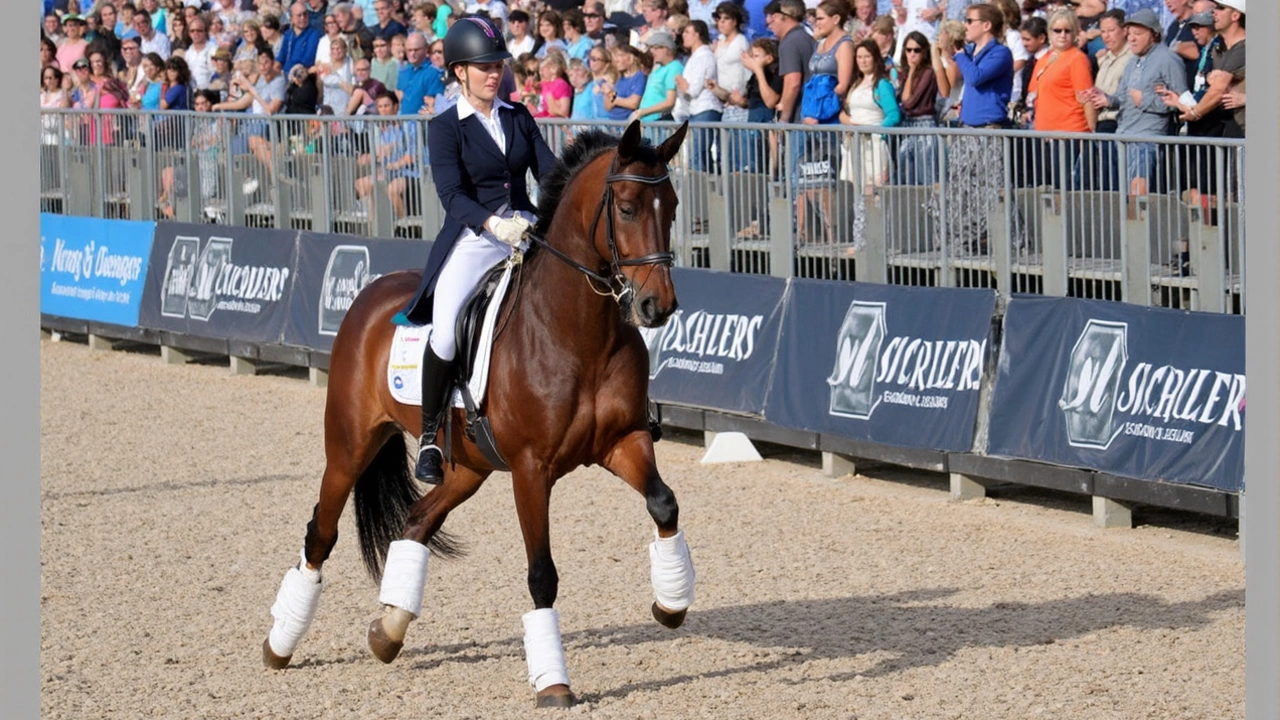Equestrian Dressage: What It Is and How to Get Started
Ever watched a horse move like it’s dancing to music and wondered how they pull it off? That’s dressage – the art of getting a horse to perform precise, graceful moves at a walk, trot, and canter. It’s a sport that blends skill, trust, and a lot of patience, and anyone can learn the basics with the right approach.
What Is Dressage?
Dressage comes from a French word meaning “training.” In competitions, riders guide their horses through a set of movements called a "test". Judges score each step on accuracy, fluidity, and the horse’s willingness. The goal is to make the routine look effortless, as if the horse is answering the rider’s subtle cues without force.
Typical movements include the "half pass," "pirouette," and "extended trot." Each one tests a different part of the horse’s balance and the rider’s control. The sport works at many levels – from beginner classes in local clubs to elite Grand Prix events at the Olympics.
Getting Started: Training Tips for Riders and Horses
First thing – find a qualified trainer. A good instructor will break down the basics, teach you how to use your seat, legs, and reins, and keep the horse’s welfare front‑and‑center. Don’t rush; dressage builds on a foundation of calmness and consistency.
Start with flatwork. Simple circles, serpentines, and transitions between walk, trot, and canter help both horse and rider develop rhythm. Keep your posture upright, shoulders relaxed, and hips aligned with the horse’s direction. Small adjustments in your weight can signal the horse to change pace or direction.
Groundwork matters too. Work on longeing the horse to improve its balance away from the saddle. This also lets you focus on the horse’s stride length and straightness without worrying about your own balance.
Equipment is straightforward: a well‑fitted saddle, a standard dressage bridle, and soft, flexible reins. Avoid harsh bits or overly tight tack – they can hinder the horse’s willingness to move freely.
Practice regularly but keep sessions short. Fifteen to twenty minutes of focused work is better than an hour of unfocused riding. End each session with a cool‑down walk to help the horse relax.
Remember to watch the horses you admire. Live streams of major competitions, like the FEI World Dressage Championships, show how top riders use subtle cues. Mimic their posture and timing, but always adapt to what your own horse needs.
Dressage isn’t just about competition; it strengthens the partnership between rider and horse. Even if you never aim for the Grand Prix, the skills you learn translate to safer riding in any discipline. So grab a lesson, stay patient, and enjoy watching your horse glide across the arena like it’s dancing to an invisible beat.
